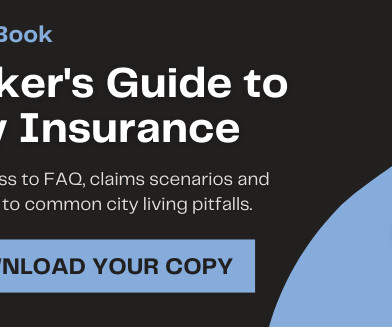Landlord Insurance: Costs and Coverages in the City
Distinguished
JULY 7, 2025
who need proper landlord insurance to protect the value of their real estate investment. However, not all landlord insurance programs are created equally or are flexible enough to handle the wide variety of rental situations in today’s cities. million ~$34,000 Many clients will want an exact quote that reflects their situation.











Let's personalize your content